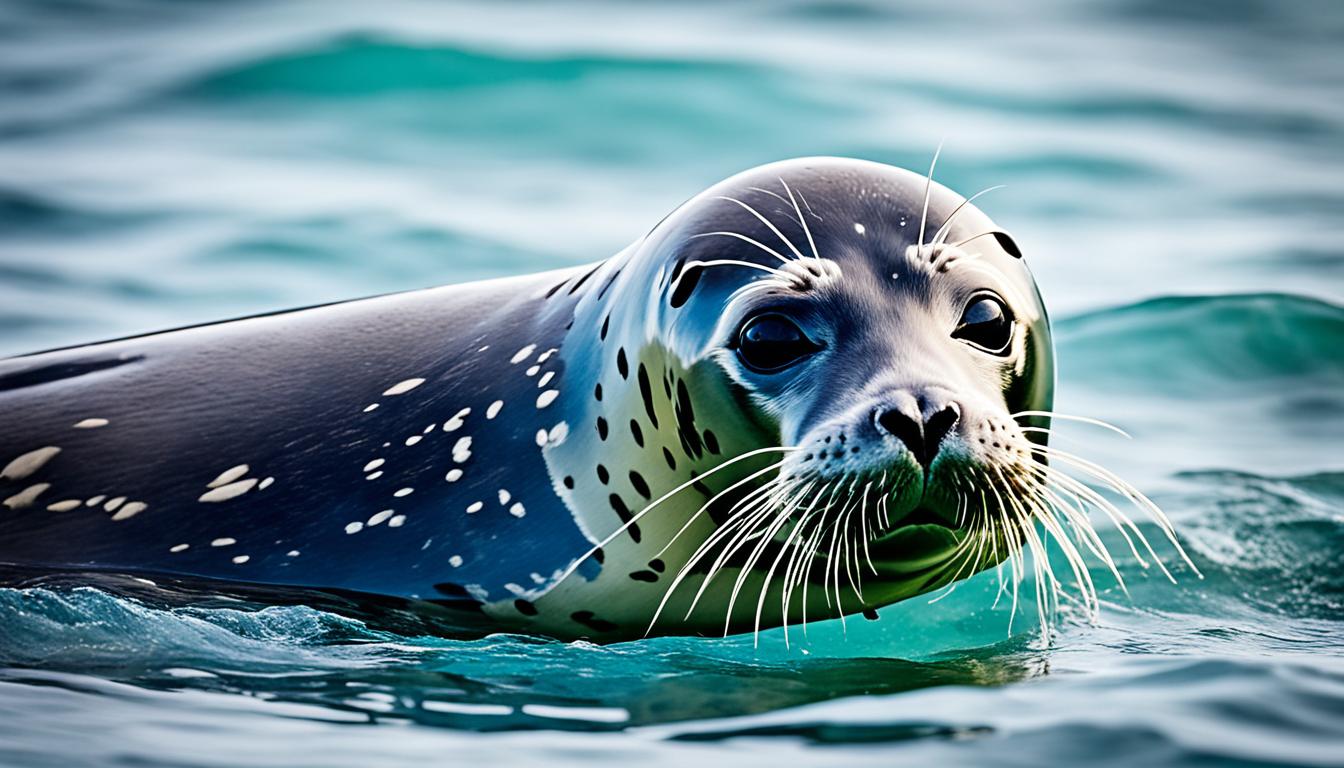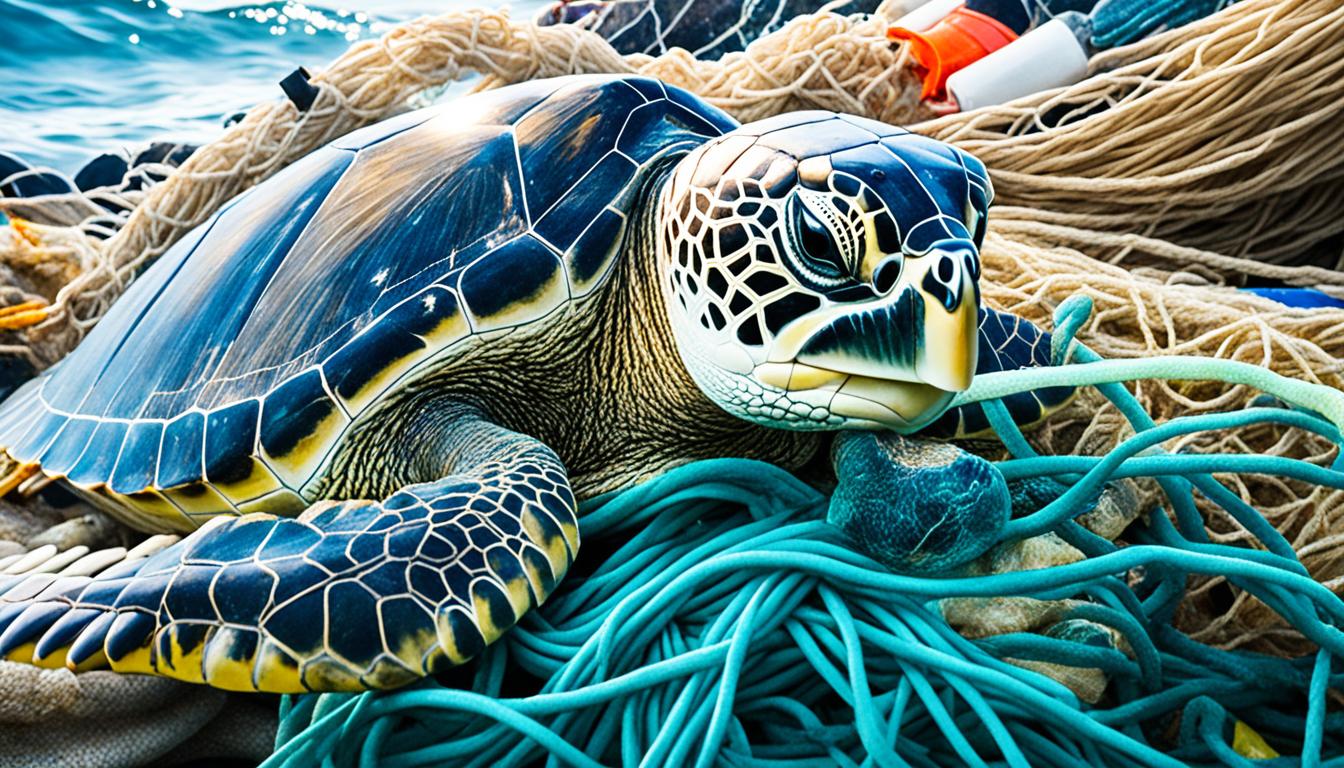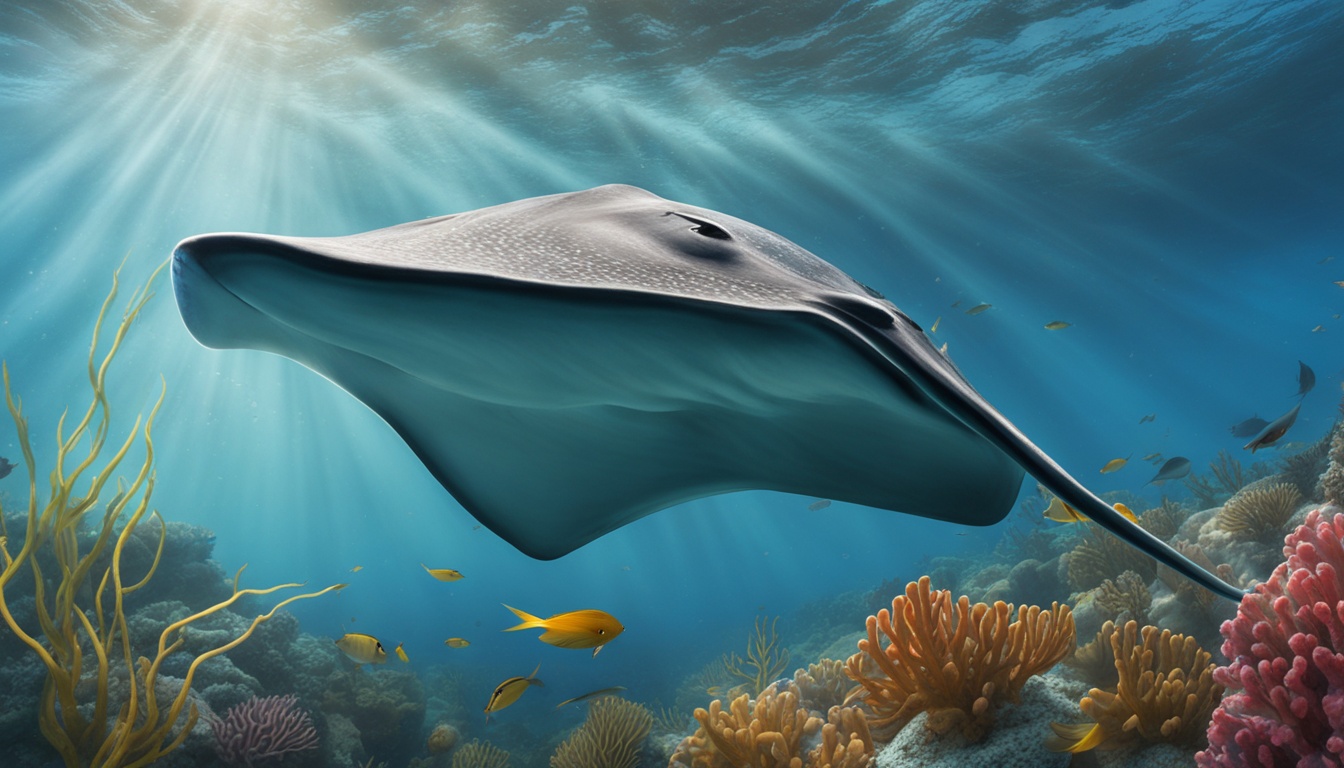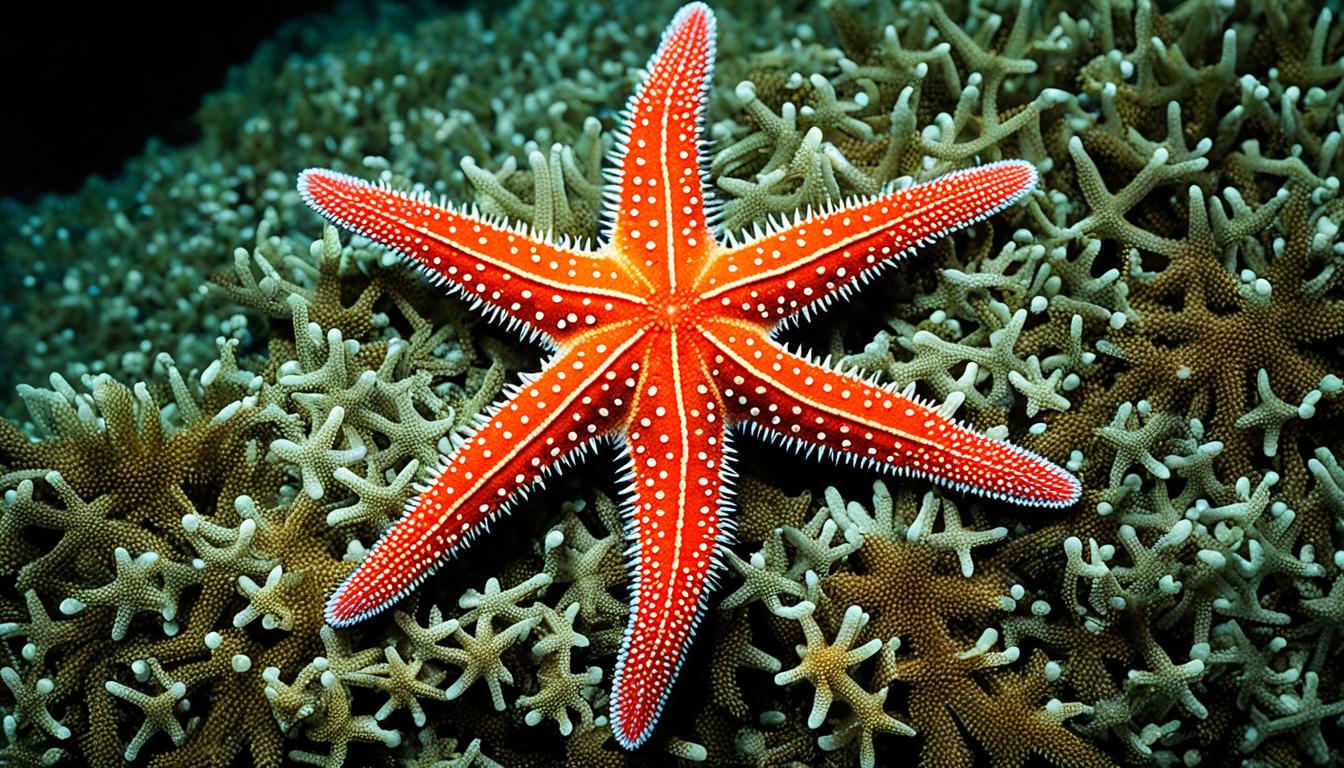Welcome to your comprehensive seal guide. It’s here to help you learn about seals and their fascinating world. There are 33 species of seals, divided into three families: eared seals, earless seals, and the walrus. Each group has its own special traits and behaviors.
These marine mammals are vital to their ecosystems. They help keep their habitats in balance. Let’s dive into the world of seals and discover what makes them so interesting.
Understanding Seal Classification and Taxonomy
Exploring seal diversity means learning about seal classification and taxonomy. Seals belong to the Pinnipedia order, which comes from the Latin for “feather-footed.” This group includes three main families:
| Family | Common Name | Characteristics |
|---|---|---|
| Otariidae | Eared Seals | Have external ear flaps, larger flippers, and agility on land. |
| Phocidae | Earless Seals | Lack external ear flaps, have smaller flippers, and are less agile on land. |
| Odobenidae | Walrus | Defined by long tusks, whiskers, and social behavior. |
The differences between eared and earless seals are quite interesting. Eared seals have visible ears, unlike earless seals which do not. These features help us understand their unique traits. Eared seals are more agile, fitting well for life in and out of water.
This knowledge deepens our respect for the varied marine life within this group.
What are the different species of seals?
There are 33 recognized species of seals, each with unique traits and adaptations. Knowing about these species helps us appreciate their roles in nature. The common harbor seal is known for being friendly. The northern and southern elephant seals are huge and live in coastal areas.
The crabeater seal eats mainly krill. The leopard seal has cool spots and hunts penguins. The Hawaiian monk seal is endangered and lives in Hawaii, showing how seals live in different places.
Here is a brief overview of some notable seals:
| Seal Species | Habitat | Diet | Size |
|---|---|---|---|
| Harbor Seal | Coastal areas | Fish, crabs | Up to 6 feet |
| Northern Elephant Seal | Pacific Coast | Fish, squid | Up to 20 feet |
| Crabeater Seal | Antarctic | Krill | Up to 10 feet |
| Leopard Seal | Antarctic | Penguins, fish | Up to 12 feet |
| Hawaiian Monk Seal | Hawaii | Fish, crustaceans | Up to 7 feet |
Learning about seal species shows us why we need to protect their homes and understand their ways.
Types of Seals: An Overview
Seals come in many types, each with unique adaptations and behaviors. They are divided into eared seals, true seals, and the walrus. Each group belongs to its own family.
Eared seals include fur seals and sea lions. They have visible ear flaps. These seals are known for being playful and social. They often play and interact with each other.
True seals, or earless seals, have no visible ears. Species like the bearded and gray seals are less agile on land. But, they are great swimmers and live well in the water.
The walrus is unique, with its long tusks and big body. It is the only one in its family. It uses its tusks to move onto ice and for other tasks.
| Type of Seal | Family | Distinctive Features | Examples |
|---|---|---|---|
| Eared Seals | Otariidae | External ear flaps, agile on land | Fur seals, Sea lions |
| True Seals | Phocidae | No external ears, skilled swimmers | Bearded seal, Gray seal |
| Walrus | Odobenidae | Long tusks, robust body | Walrus |
Unique Characteristics of Different Seal Breeds
Each seal breed has its own seal characteristics that help them survive in different places. Their adaptations are key, especially in how they look. For example, the elephant seal is the biggest, reaching up to 6.5 meters and weighing 3,700 kilograms. On the other hand, the harbor seal is much smaller, only about 1.1 meters long.
This size difference affects how much energy they use, how they hunt, and how safe they are from predators.
Seals also have a special trait for staying warm in cold water. They have a thick layer of blubber that keeps them warm. This blubber also helps them float in the water, which is crucial for their life in the sea. Different seals have different amounts of blubber, suited to their climate and home.
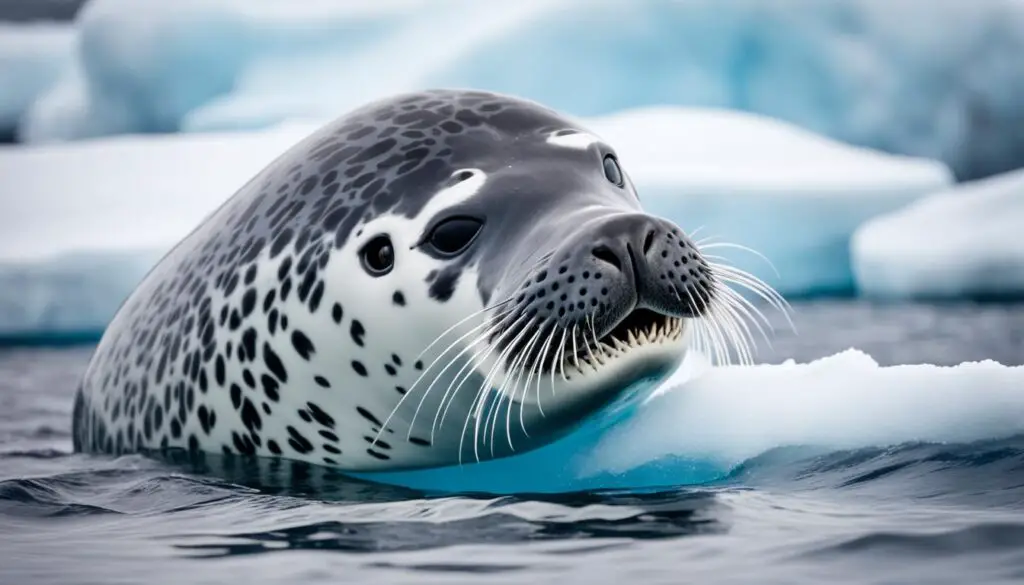
Seals have different ways of mating. Male seals often compete with each other to attract females. They make loud sounds and show off to get noticed. After mating, the mothers take on a big role in caring for their babies. They show amazing care for their pups, which is key to their survival.
In short, the special traits of seal breeds show how they’ve adapted to live in their environments. Learning about these physical attributes and behaviors helps us appreciate these marine animals more.
Habitat and Distribution of Seal Species
Seals live in many places, showing how well they adapt to different seal habitats around the world. You can find them in coastal areas, icy waters, and even sandy beaches. The distribution of seals changes a lot based on the species, affecting their behavior and survival.
Ringed seals like the cold Arctic, where ice is their main home. On the other hand, Hawaiian monk seals live in the warm, tropical waters of the Hawaiian Islands. Each type of seal has its own seal range, often based on the climate and food. This variety in habitat creates different seal ecosystems that are key for their life needs.
The table below shows different seal species, where they like to live, and where they can be found:
| Seal Species | Preferred Habitat | Geographic Range |
|---|---|---|
| Harbor Seal | Coastal waters, estuaries | North America West Coast |
| Ringed Seal | Arctic ice, pack ice | Arctic Ocean, sub-Arctic regions |
| Hawaiian Monk Seal | Sand beaches, warm waters | Hawaiian Islands |
| Grey Seal | Rocky shores, sandy beaches | North Atlantic Ocean |
| Leopard Seal | Antarctic regions, sea ice | Antarctica, Subantarctic islands |
Knowing where different seal species live helps us understand their role in nature and what they need to be protected.
Seal Facts: Fascinating Insights into Their Behavior
Seals have some interesting behaviors that show how diverse they are. Some, like the California sea lion, live in big groups. Others like to be alone. This shows how seals interact with each other in different ways.
Seals talk to each other using sounds and body language. During mating season, they use these ways to send messages. Watching them fight shows how competitive they can be. This shows their social life and how they adapt to their surroundings.
Seals are skilled hunters in the ocean. They have different ways of hunting, depending on the species. Knowing what they eat helps us understand their role in the ocean’s ecosystem. These facts show how complex and important seals are to their environment.

